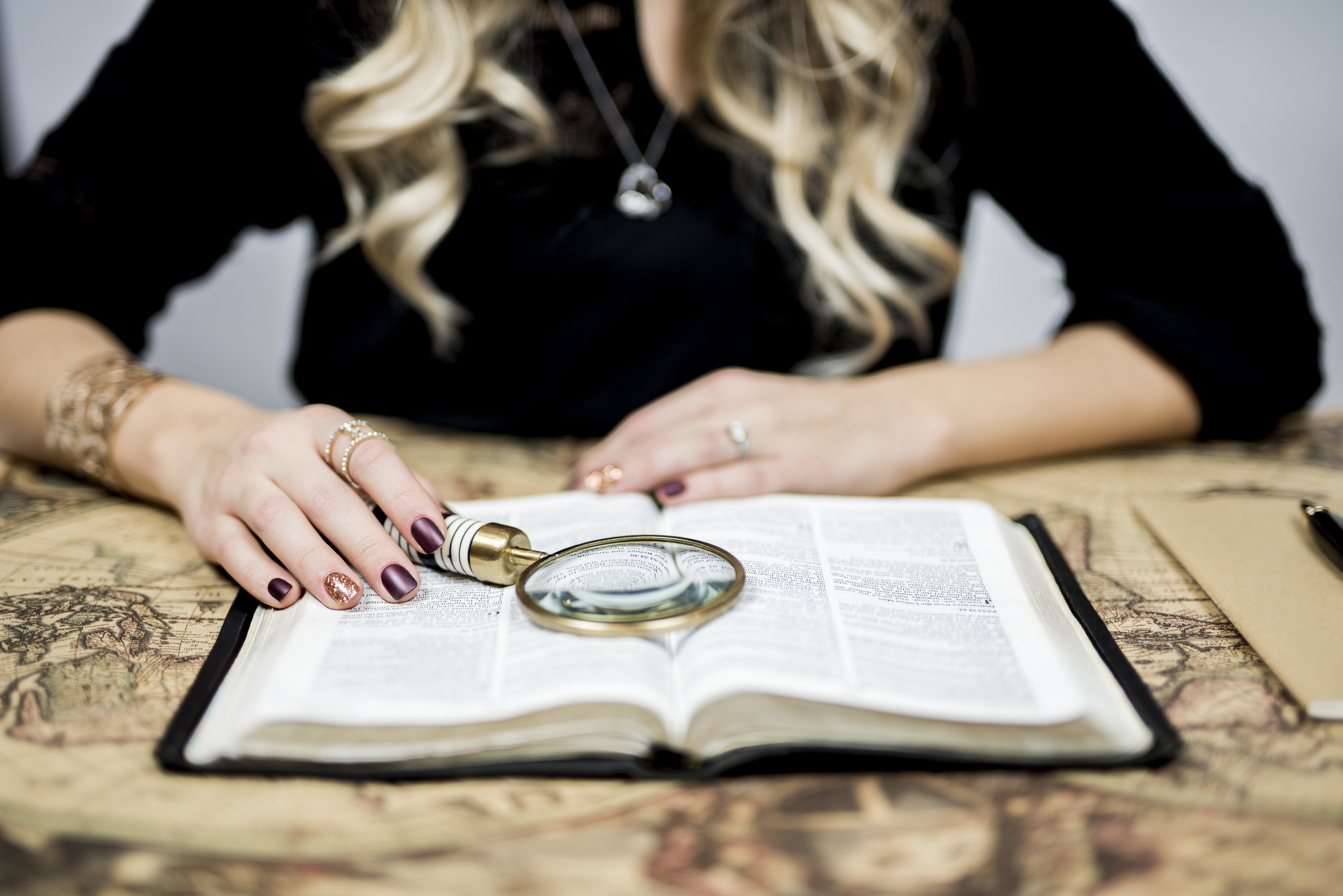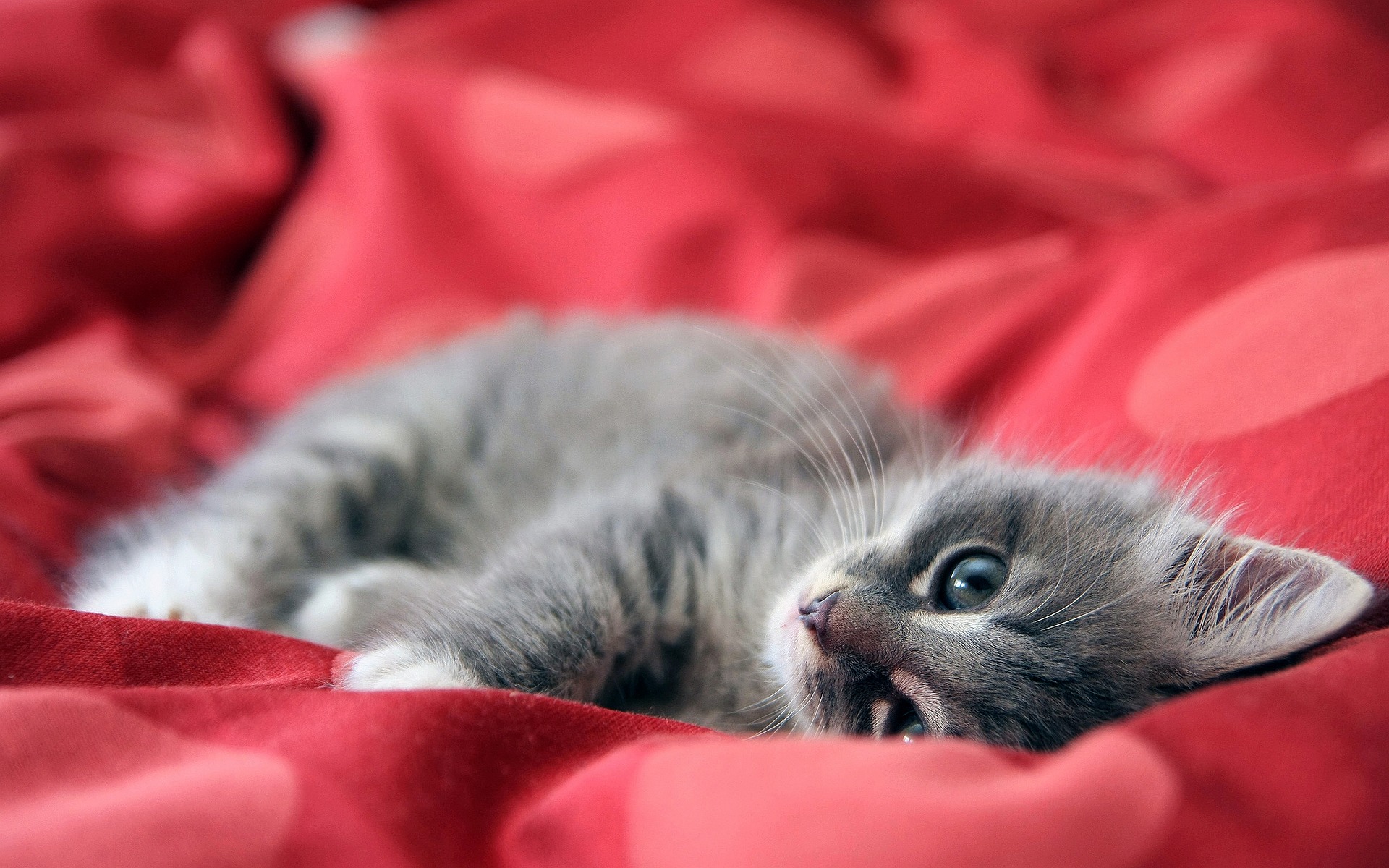Rubble in the Pipes
Why do we feel bad on good days? Listen to your intuition. Valid causes of emotion are not always simple and clear. Even when emotional pain is recognized as a legitimate signal that something personally significant is happening in the outside world, intense or lasting pain is often considered a faulty signal, like a broken smoke alarm going off in the absence of smoke. We have a tendency to categorize emotions as either justified or faulty–a sign that some life event is affecting us, or a sign that we’re in error. The latter, taken to its extreme, may prompt the perception that our thoughts and feelings are somehow defective. All of this hinges upon the ability to notice how the world evokes our emotions. A common illustration to explain faulty emotions is the rope that evokes fear because it looks like a snake. A person experiences instinctive fear even though … Read more










